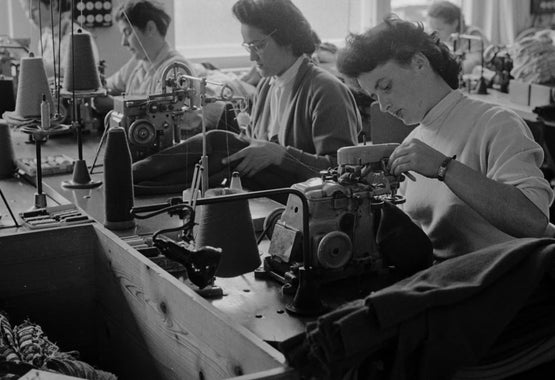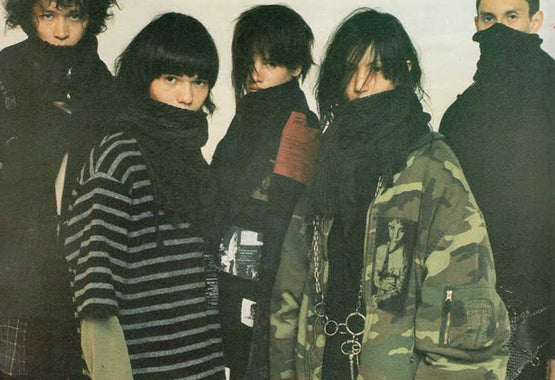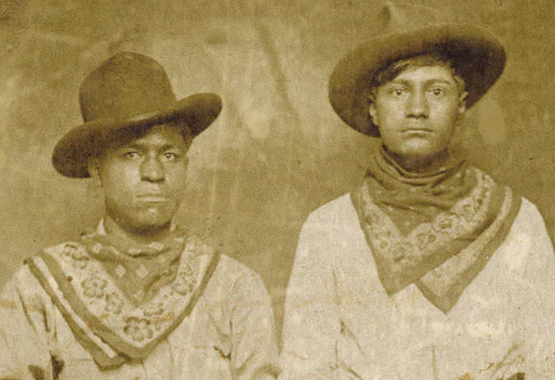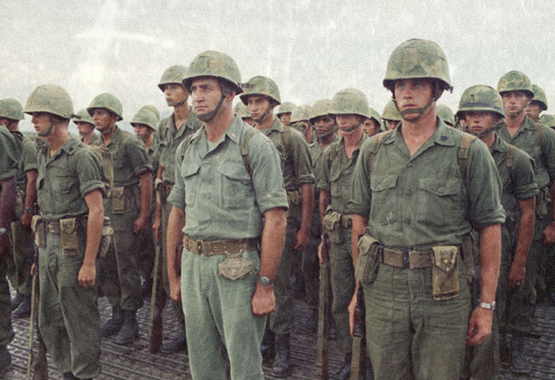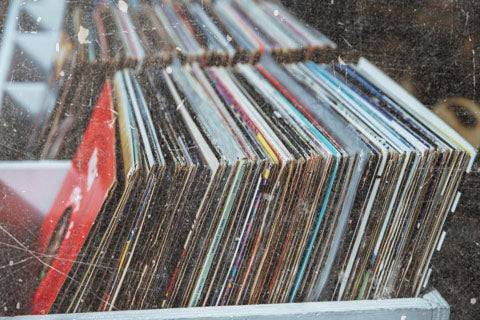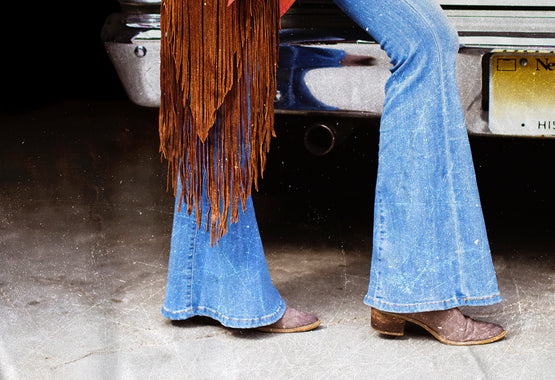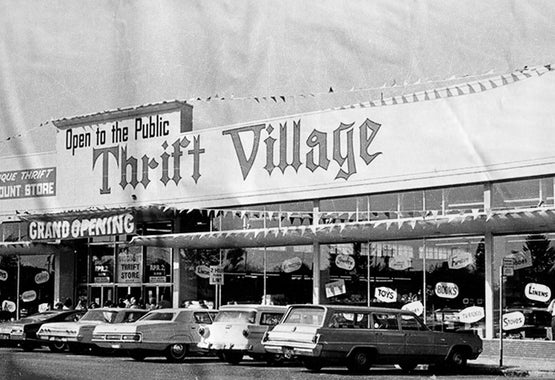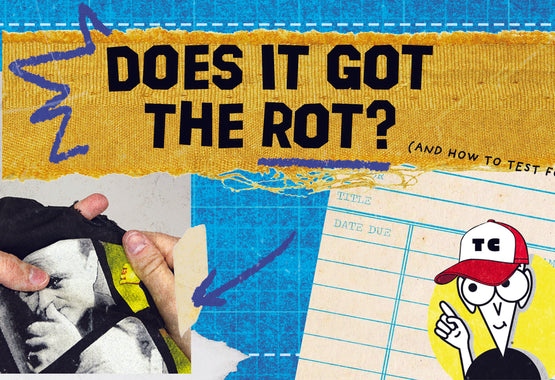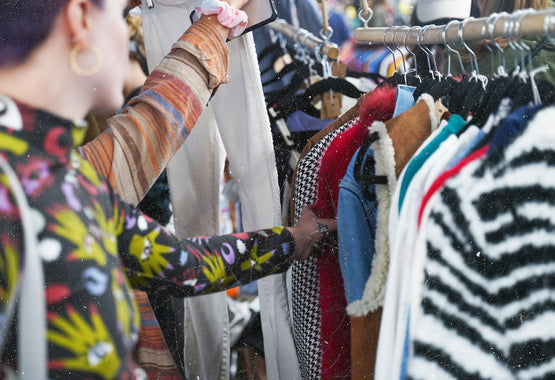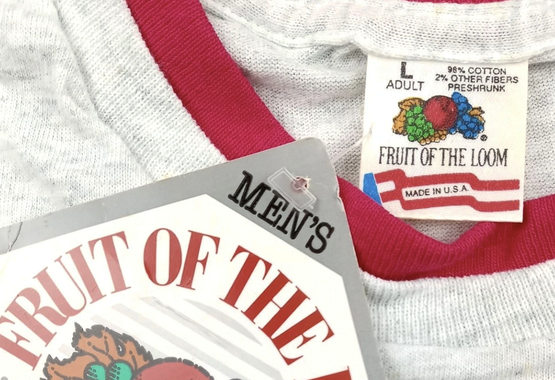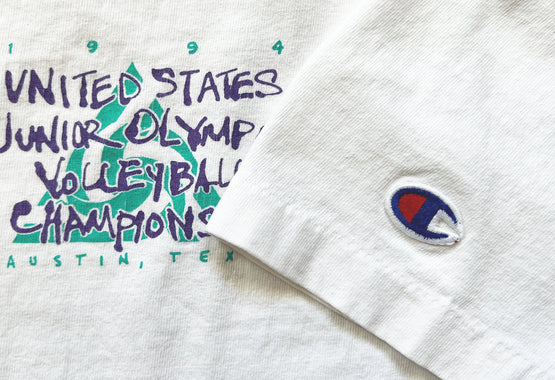POV: What To Expect When You're Shopping At ThriftCon


In just a few short years, ThriftCon has invited over 100,000 attendees to its events, had thousands of vendors on site to sell their best finds and has helped move enough dough into small business accounts that it would make Griselda Blanco dance if she were still around. And while each region of the U.S. has its own identity and culture surrounding the new fashion movement, there are some things that remain the same no matter what city we visit.
Because nothing like this has ever been done before, we receive plenty of questions, mainly about the what, how and why aspects of the event. Breaking it down below in broad context, we’re hoping to publish a better perspective on what happens inside from an attendees point of view. It’s a market. It’s a party. It’s changing the way many of us view our place on the planet.
The Line
You’ve likely seen the videos of massive lines snaking around venues with eager shoppers waiting to get in. That’s because a lot of people show up to these events and many of them opt to get there early to find the best stuff first. Sure there’s a ton of inventory coming into the event, but it’s also finite. When those $5 piles on the ground get sold off, that’s it, no one restocks throughout the day. So it’s not out of the ordinary to see the largest of the crowds within the first few hours of the event.
We’ve gotten better at the whole line management thing though. Because each ThriftCon deals with thousands of people (some of them hitting close to 10,000 attendees) we’ve needed to upgrade our ticketing system more than once. Luckily, these past couple of events have been smooth as butter getting people into the doors. It helps, too, if while you’re waiting in line to have each ticket pulled up on your phone and ready to be scanned. It looks insane seeing that many people waiting in one place but it won’t ever take more than 15 minutes from when you get there to getting inside.
Patience. We got you.
The Loot
What’s there to buy inside is one of the main topics we get asked about the most. Questions like: Where does it come from? Is it sustainable? Is it controversial? Why is it so expensive?

There aren’t any easy answers to any of these because this newest movement in fashion is such a broad operation that it attracts vendors from all sides of the culture. Some source from rag houses and discount bins which tend to be infinitely cheaper than thrift stores. Those vendors can usually keep prices down the most. Others only deal in high end collectibles. And let’s not forget the various socio-political issues of the nation happening in step with the growth of the secondhand industry. Many people thrift for many different reasons.
There are a lot of moving parts which makes it seem disjointed especially since us as consumers are so conditioned to watching stale corporate institutions run the show for so long.
It’s a different fashion dynamic too. In the past, there’d be maybe a few hundred experts around the world telling people what to wear and when it wasn’t in style anymore. Couple that with a capitalist mindset and it’s no wonder several million tons of clothing are thrown away every few months to make room for what’s supposedly in style “now” — grossly contributing to all kinds of environmental disasters.

What that throwaway culture has done for the secondhand culture, however, is bank an unbelievable amount of already made clothes to choose from dating all the way back to the early 1900s forward. The best part about ThriftCon is watching creatives come in and blend their favorite styles from different popular eras of Americana. If you wanna rock 1990s pants with a ‘60s printed top? Done. Baggy bottoms with a silk disco throwover? It gives everyone in attendance endless possibilities to fill a closet with.
That’s really what the experience comes down to. Each individual booth has its own unique personality (and checkout systems). There isn’t any possible way to organize ThriftCon into a singular consistent unit — nor would we ever want to. Events have between 100-200 vendors and they all bring something exciting to the table. Most have retail backgrounds and understand the dynamics, others don’t. Some just have infinite knowledge of secondhand and vintage clothing with a basic understanding of tax codes. There are old ones, young ones, seasoned ones and newer ones.
That’s why we say there’s something for everyone, secondhand shopping is one of the few aspects of humanity we still share as a people.

Typically, however, you’re going to walk into a show. The best advice you can take with you is to start slow, wander the floor. If you see something that grabs your eye there’s a reason for it. Nostalgia? Probably. Ask the vendor what they know about it and figure out of it’s the right price for you.
As the name suggests, it’s a room full of “thrift” (which means different things to different people). Really, thrifting is simply about how you’re using your money. If a $100 t-shirt makes sense to you and keeping it in rotation means that you’re getting what it’s worth, that’s on you. It shouldn’t be anyone else’s vibe whether or not you feel like you got a value.
Vendors bring out the cheapies though, too. What’s becoming bigger and bigger at these events are the discount piles. Literal piles on the floor that you could spend hours digging into if you wanted. Some of them charge $1, others go for $10. These are the absolute best deals in the venue and are often cheaper than finding things at a thrift or garage sale depending on the neighborhood. It may not be that $500 banger you saw hanging up, but those are priced that way for a reason. The collectible market for things like that is huge and continues to grow by the day.
The Leave
If you spent between 2-4 hours inside ThriftCon you’re not alone. According to our customer survey over 64 percent of shoppers spend that same amount of time at the event. That’s quite normal. It really does take a lot of time to go through everything and see everyone.
Based off of dozens of haul videos we find in the days after events, people often find what they were looking for too. They and many like them are a part of a growing ecosystem that’s challenging the way fast-fashion operates and support of a productive means of slowing down consumerism. It’s why we started ThriftCon and why we’ll keep going until we’re singing with Blanco in the afterlife.

[all photos Joel Delgado/Panoptic Productions]

